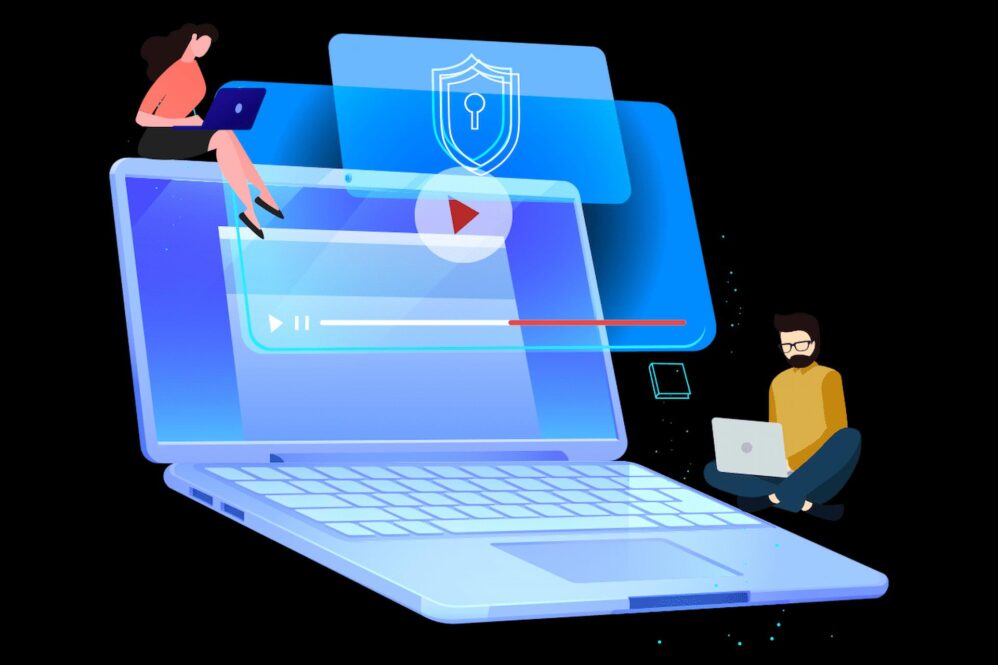Protecting your digital content from unauthorized access is critical to safeguarding your intellectual property and preventing piracy. Here are some steps you can take to protect your digital content:
Use DRM Technology: Digital Rights Management (DRM) technology can be used to encrypt your digital content and restrict access to authorized users. DRM service can also prevent unauthorized copying, sharing, and distribution of your digital content.
Implement Access Controls: Access controls can be used to limit access to your digital content to authorized users only. This can include user authentication, password protection, and encryption of sensitive data.
Use Watermarks: Watermarks can be added to your digital content to identify the original source and ownership of the content. This can act as a deterrent to unauthorized use and distribution, and provide evidence in the event of copyright infringement.
Monitor Usage And Distribution: Regular monitoring of the usage and distribution of your digital content can help you to identify and prevent unauthorized access and distribution. This can include tracking downloads, shares, and views of your digital content.
Register Your Copyright: Registering your copyright with the appropriate authorities can help to protect your digital content from unauthorized access and distribution, by establishing your ownership of the content and your legal rights to enforce your copyright.
Educate Your Users: Educating your users about the importance of copyright and the risks of unauthorized access and distribution can help to prevent piracy and protect your intellectual property. This can include providing clear terms of use and copyright notices, and offering training and support to your users.
In summary, protecting your digital content from unauthorized access requires a combination of technical, legal, and educational measures. By implementing DRM technology, access controls, watermarking, monitoring, copyright registration, and user education, you can safeguard your intellectual property and prevent piracy of your digital content. GDPR has had a significant impact on DRM and watermarking practices, requiring organizations to obtain explicit consent, protect personal data, provide transparency, enable the right to erasure, and have data processing agreements in place. Organizations that use DRM and watermarking systems must ensure that their practices comply with GDPR to avoid penalties and reputational damage.
The rise of emerging technologies such as cloud computing, blockchain, and artificial intelligence has made it more challenging for content creators and distributors to protect their intellectual property. For instance, cloud computing has made it easier for users to store and share files online, making it difficult to track unauthorized copies. Blockchain, on the other hand, has made it possible to create a decentralized system that is resistant to hacking and manipulation, which could be used to distribute unauthorized copies of copyrighted materials.
Artificial intelligence (AI) has also become a major concern for DRM, as it has the potential to automate the process of identifying and removing unauthorized copies of copyrighted materials. However, AI can also be used by pirates to create sophisticated tools to circumvent DRM technologies.



